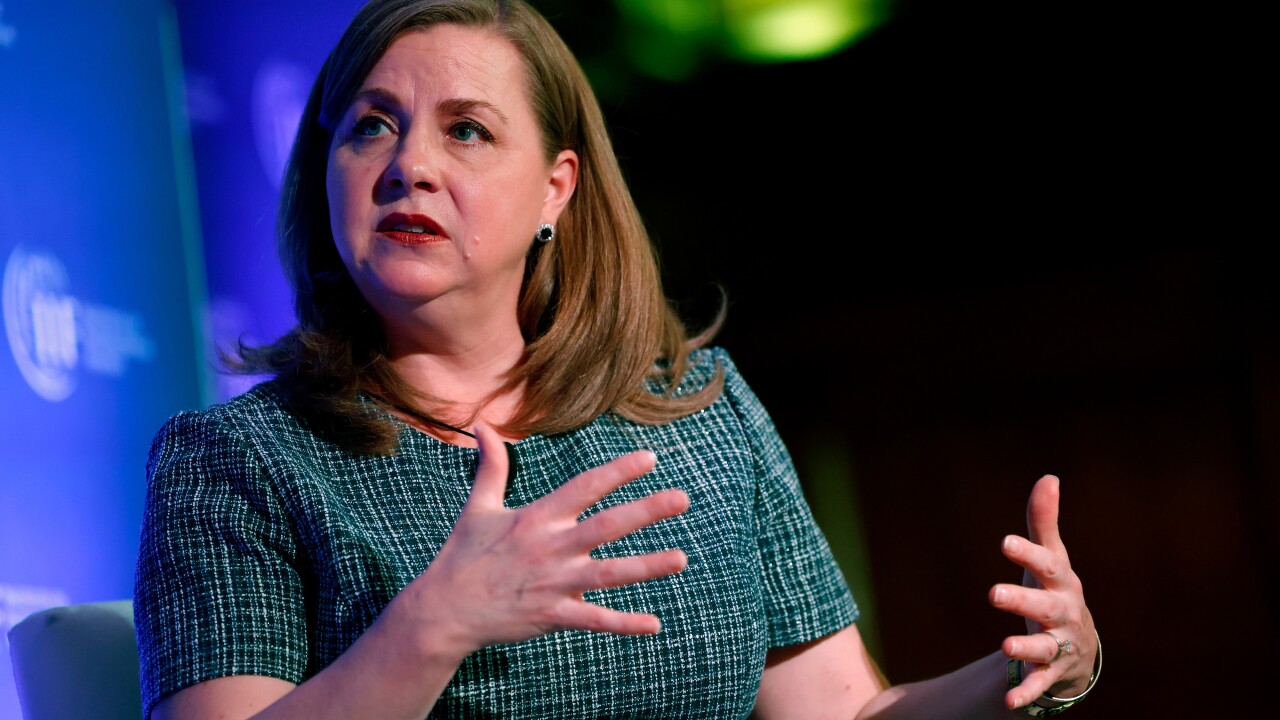Fannie Mae and Freddie Mac's regulator announced additional leeway for them to invest more heavily in low-income housing tax credits in line with the passage of recent legislation.
Each can now invest up to $2 billion for a total of $4 billion per year, twice the previous limit, according to a press release from U.S. Federal Housing. Half of the amounts must go to underserved markets and at least 20% of that will go to
The move by the entity previously known as the Federal Housing Finance Agency is based on LIHTC expansion in
The history of low-income housing tax credits and the GSEs
The market for these credits did prove vulnerable to stress during the Great Financial Crisis when the government-sponsored enterprises went into conservatorship, serving as a rationale for lower caps. But some say in the current market a higher cap has a positive role to play.
"Restraining GSE LIHTC credit purchases as they recovered following their exit from the LIHTC market in the 2008 financial crisis was important at the time. But this caution is no longer necessary," said David Dworkin, president and CEO of the National Housing Conference.
"It's important that we also ensure that the market will absorb the additional credits without diminishing their value," he said in a press statement. "Having Fannie Mae and Freddie Mac increase their purchases will help increase demand."
Fannie and Freddie previously exited the LIHTC market during the financial crisis and first announced they
How the tax bill expands use of the credits
The LIHTC measures in the tax bill aim to support the preservation or construction of around 1.22 million units of affordable housing in the next 10 years, according to professional services company Novogradac. Credits are doled out to developers over a decade.
The bill increases 9% states' LIHTC allocations to 12% in 2026, giving them more credits to award. It also lowers the bond financing threshold. So to get the maximum credit in some cases, certain bonds must finance at least 25% of the land/building cost instead of the 50%
Other groups besides NHC backing the increased limits aimed at supporting the supply of affordable rental units included the Mortgage Bankers Association and the National Multifamily Housing Council.
Why mortgage bankers and NMHC support the move
"FHFA's doubling of the GSEs' cap on LIHTC investment to $2 billion comes on the heels of program improvements included in H.R. 1 (now Public Law 119-21), both of which will help to increase rental housing supply," said Bob Broeksmit, MBA president and CEO, in that group's press statement.
NMHC President Sharon Wilson Géno said in her press statement that she has found the LIHTC program effective in her "more than 30 years working in and advocating for the affordable housing community.
"This step by FHFA is great news for housing providers seeking to use LIHTC to build and preserve housing, as well as individuals and families searching for affordable housing opportunities," she said.




